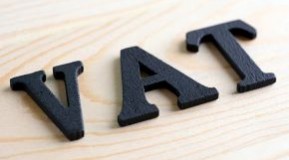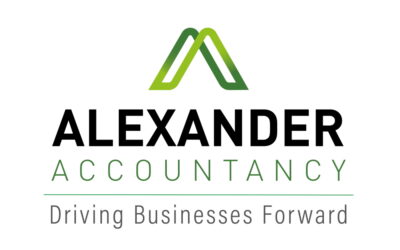
4th February 2022 Posted by - Alexander Accountancy
The VAT Flat Rate scheme has been designed to simplify the way a business accounts for VAT and in so doing reduce the administration costs of complying with VAT legislation.
Using the Flat Rate scheme, businesses pay VAT as a fixed percentage of their VAT inclusive turnover. The actual percentage used depends on the type of business.
The scheme is open to businesses that expect their annual taxable turnover in the next 12 months to be no more than £150,000, excluding VAT.
However, there are a number of anti-avoidance exclusions highlighted in HMRC’s internal manuals.
The exclusions are as follows:
- Businesses that are eligible for group treatment, or are registered for VAT as a divisional registration, at the time of application – or have been in the preceding 24 months – are excluded. This is designed to reduce the threat of exploitation by larger companies.
- Businesses that acquire or intend to acquire capital items that are covered by the capital goods scheme are excluded. Analysis showed that the treatment of FRS businesses as fully taxable presented the potential for abuse by exempt companies and this exclusion is to prevent such avoidance schemes from developing.
- Businesses that are associated – or have been in the preceding 24 months – are excluded. This is a catch-all provision to prevent avoidance and abuse.
In addition, a limited cost trader test was introduced in April 2017. If a business meets the definition of a limited cost trader, then this would usually mean it may be more beneficial to leave the scheme and account for VAT using traditional VAT accounting.
Source: HM Revenue & Customs Jan 2022
